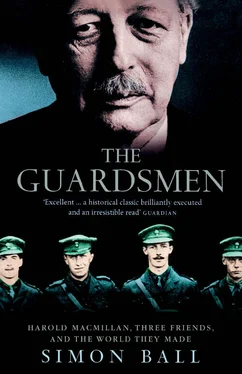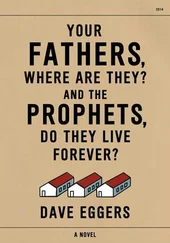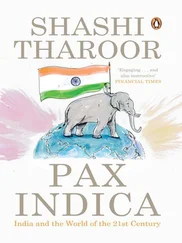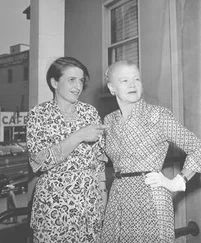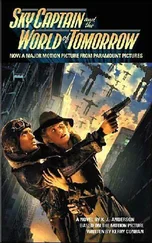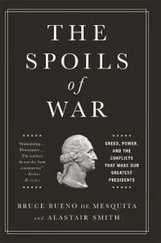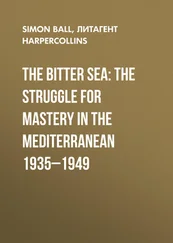On the road Crookshank and Macmillan ‘were having very amusing conversations’. The northern part of the Somme battlefield was even ‘quite a nice change after Ypres’. There was a ‘wonderful view all round especially of the Thiepval plateau’, which they observed for hours. The trenches were very good. Crookshank and Macmillan were even allocated their own dugout, although it proved to be less than a blessing, located at ‘the end of a communications trench junction and well shelled’. They abandoned it after only one night. 132 Indeed, it was at night that they had time to mull over the grimness of their situation. Sitting in their shared tent, they were ‘frightfully depressed’ by the fact that their ‘most intimate circle [had been] killed in the push, it’s enough to make anybody feel very sad’. Crookshank was particularly upset by the death of his ‘great friend’ at Magdalen, Pat Harding. Harding, a ‘great Oxford friend’ of Macmillan as well, had already risen to rank of major in a Scottish regiment before he was killed. Not only was the war cruel, it was insidious. Arthur Mackworth, for instance, a young classics tutor who had taught Crookshank at Magdalen, and who escaped the front after being transferred from the Rifle Brigade to the War Office Intelligence Department because of a heart condition, was so tormented by insomnia that he shot himself dead.
They had little time to dwell on these tragedies: they were soon in the midst of a major training programme that continued throughout August and into September to prepare the Fourth Army for its second great push on the Somme. Something of the kind had been tried before Loos, but this was on a much bigger scale. The Fourth Army tried to learn the lessons of the first phase of the offensive and inculcate its troops with the best ways of carrying out trench attacks and of using their equipment. 133 One change of doctrine in the summer of 1916 affected Macmillan. Initial operations on the Somme led to a reversal of Haig’s post-Loos enthusiasm for the grenade and a return to the doctrine that ‘the rifle and the bayonet is the main infantry weapon’. Supposedly, ‘when attacking troops are reduced to bombing down a trench, the attack is as good as over’. 134 The Guards nevertheless still put considerable emphasis on grenade training, and as their attack at Ginchy was to show, front-line troops would remain deeply attached to their grenades whatever the official prognostications. Macmillan, however, was not called on to resume the role of bombing officer, which he had managed to abandon just before the beginning of the march south. Crookshank’s Lewis guns remained in vogue. Ma Jeffreys descended on a tour of inspection and told him in no uncertain terms that the machine-guns would play an important role and he would be leading the gun team. 135
At the beginning of September the whole tempo of preparations stepped up. 136 Crookshank’s impression, after he and Macmillan had walked the ground together, was that the Loos battle they had taken part in during the previous September ‘didn’t start to be compared with this’. 137 They were in ‘a glorified camp and depot for every kind of stores’, he recorded in an unsent letter. ‘One can hardly see a square yard of grass, it is absolutely thick and swarming with men, tents and horses…as for the guns they are past counting battery after battery of big ones…with mountains of ammunition and a light railway to supply it. It certainly was a revelation,’ he concluded, ‘and shows that we really have begun fighting now.’ 138
The Guards Division was deployed as part of Cavan’s XIV Corps on the south of the Somme front. Its mission was to move forward from the village of Ginchy, just to the south of Delville Wood, which still contained Germans, to the village of Lesboeufs to the north-east. On 11 September the detailed attack orders arrived. 139 Crookshank held a Lewis gun parade ‘to tell off the different teams’. His own team consisted of a sergeant, four corporals and twenty-four men servicing four Lewis guns. 140 On 12 September the 3rd Battalion moved up into the line, so that Lyttelton was posted only a few hundred yards to the right of Macmillan and Crookshank. 141
It was Macmillan who went into action first. German machinegunners were positioned in an orchard on the northern edge of Ginchy. It was clear the moment the Guards started to advance they would be machine-gunned in the flank. On the night of 13 September de Crespigny ordered 4 Company, supported by two platoons of 3 Company, commanded by Macmillan, to clear the Germans out of the orchard. 142 The attack took place in bright moonlight and in the face of heavy German fire; ‘it was very expensive, as they found better trenches and more Germans than expected’.
The next day, the 14th, ‘was terrible’. The 2nd Battalion’s trenches suffered a direct hit from a twenty-eight inch bomb. Many were buried alive and a company commander had to be relieved because of shell shock. 143 ‘That day,’ wrote Lyttelton, ‘dawdled away.’ Towards evening the word came down that H-hour was 6.20 a.m. the next day. ‘Action,’ Lyttelton recorded. ‘Changed into thick clothes, filled everything with cigarettes. Put on webbing equipment. Drank a good whack of port. Looked to the revolver ammunition.’ They moved into position that night. It was bitterly cold. They looked ‘out into the moonlight beyond into the most extraordinary desolation you can imagine’. ‘The ground,’ Lyttelton wrote, ‘is like a rough sea, there is not a blade of grass, not a feature left on that diseased face. Just the rubble of two villages and the black smoke of shells to show that the enemy did not like losing them…the steely light of the dawn is just beginning to show at 5.30.’
This moonscape, devoid of landmarks, was to prove a terrible problem. Officers had their objectives clearly and neatly drawn in on the maps: first the Green Line, then the Brown Line, on to the Blue Line and finally crossing the Red Line to victory. Yet it was impossible to tell where these map lines fell on the real terrain. This sense of dislocation was made worse for the 3rd Battalion because of a tactical manoeuvre. Boy Brooke deployed his men too far to the right, intending that the Germans, expecting an attack in a straight line, would miss with their initial artillery strike. At 6 a.m. the British artillery opened up, the German guns replying within seconds. To the great satisfaction of Brooke and Lyttelton, the shells rained down on their former position, missing their new position completely. The disadvantage of the move, however, was that the 3rd Battalion had to make a dog-leg to the left once the attack had started. At 6.20 a.m. they went over the top. 144
The advance was chaotic. Because the front was so narrow, both the 2nd Battalion and their next-door neighbours, the 3rd Battalion, were supposed to follow battalions of the Coldstream Guards into the attack. Within yards they had both lost all sense of direction. The three battalions of Coldstream Guards lurched off to the left. It was thus very difficult for the Grenadiers to fix their own position. They then discovered that the Germans had created an undetected forward skirmish line that, although it was completely outnumbered, ‘fought with the utmost bravery’. The 2nd Battalion found themselves caught in a ‘German barrage of huge shells bursting at the appalling rate of one a second, [they] were shooting up showers of mud in every direction and the noise was deafening. All this in addition to fierce rifle fire, which came from the right rear.’ 145 The German skirmishers succeeded in slowing down and breaking up the British formation before they were overwhelmed. Lyttelton and Brooke ‘flushed two or three Huns from a shell hole, who ran back. They did not get far.’ ‘I have,’ wrote Lyttelton after the battle, ‘only a blurred image of slaughter. I saw about ten Germans writhing like trout in a creel at the bottom of a shell hole and our fellows firing at them from the hip. One or two red bayonets.’
Читать дальше
